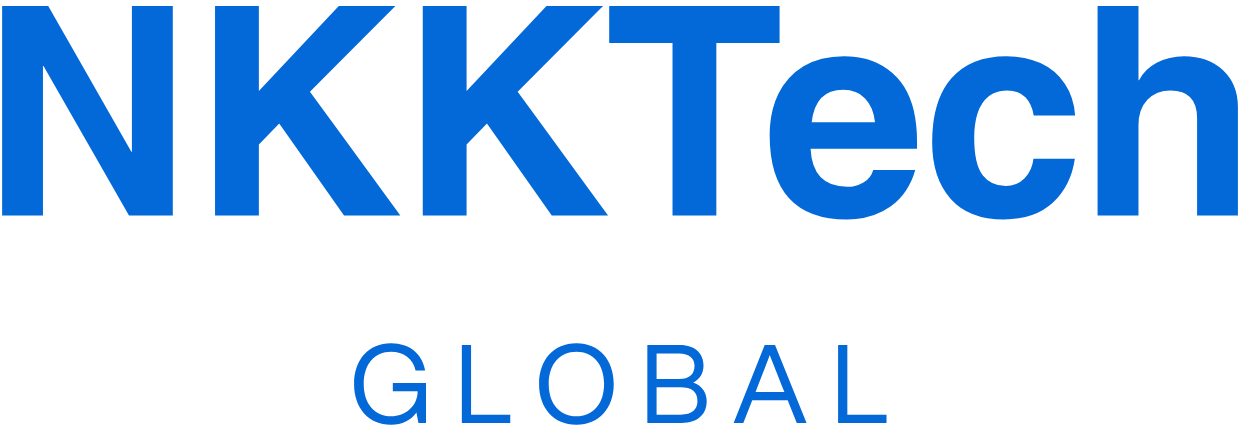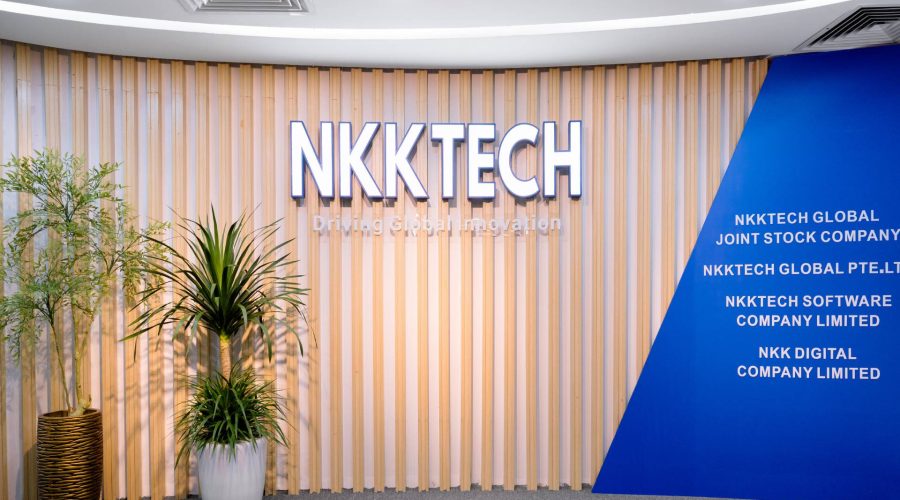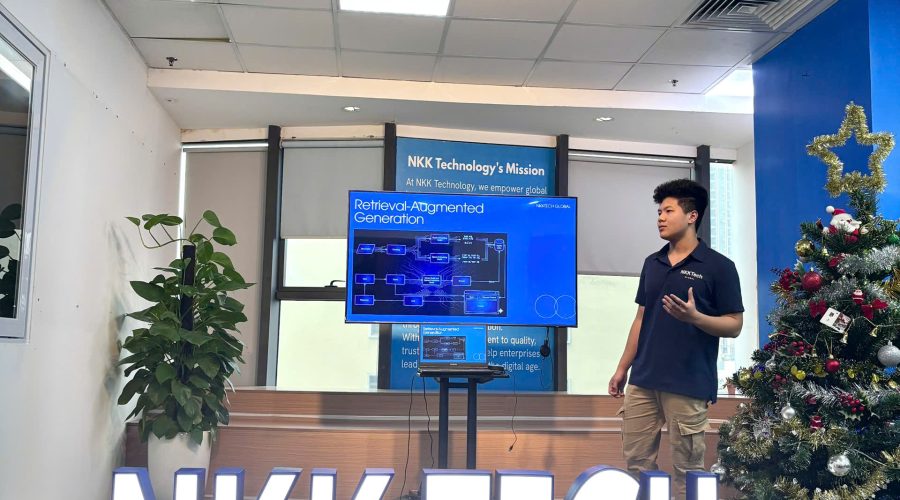Maximizing Efficiency with Optimal Software Outsourcing Decisions
In today’s fast-paced digital landscape, businesses constantly seek ways to innovate, scale, and maintain a competitive edge. One of the most strategic decisions a company can make to achieve these goals is through **software outsourcing optimization**. This process involves carefully selecting the right outsourcing model and partner to ensure your development projects are not only completed efficiently but also deliver high-quality results. Making an **effective software outsourcing** choice is paramount, as it directly impacts project timelines, budget adherence, and the ultimate success of your digital initiatives. This guide will walk you through the nuances of **outsourcing decision making**, helping you navigate the complexities and make choices that drive real value.
Table of Contents
- Introduction to Software Outsourcing Optimization
- Understanding Different Software Outsourcing Models
- Key Factors for Strategic Outsourcing Decisions
- Comparing Outsourcing Models: A Deeper Dive
- Optimizing Your Software Outsourcing Partnership
- Common Pitfalls to Avoid in Software Outsourcing
Introduction to Software Outsourcing Optimization
The global market for software development is more dynamic than ever, prompting many organizations to consider leveraging external expertise. The allure of **effective software outsourcing** lies in its potential to access specialized skills, reduce operational costs, and accelerate time to market. However, without a strategic approach to **outsourcing decision making**, companies can encounter significant challenges. This article provides an in-depth **software development outsourcing comparison**, designed to equip you with the knowledge needed to make informed choices. Our aim is to guide you towards an optimal strategy that supports your business objectives, ensuring that every outsourcing venture contributes positively to your growth. It is not just about finding the cheapest option, but about finding the right fit for long-term success and sustainable innovation.
Understanding Different Software Outsourcing Models
Before diving into **software outsourcing optimization**, it is crucial to understand the various models available. Each model presents unique advantages and disadvantages that influence your **outsourcing decision making**. Primarily, three models dominate the landscape: onshore, nearshore, and offshore. Onshore outsourcing involves partnering with a provider within your own country. This model offers benefits like cultural alignment, minimal time zone differences, and easier face-to-face communication, which can be critical for complex projects requiring close collaboration. However, it often comes with higher labor costs. Nearshore outsourcing means collaborating with a team in a neighboring country. This strikes a balance, offering closer time zones and cultural similarities than offshore, often at a more competitive price point than onshore. It is frequently chosen for its blend of cost-effectiveness and collaborative ease. Finally, offshore development entails working with teams in distant countries, often in regions like Asia or Eastern Europe. This model is typically chosen for significant cost savings and access to a vast talent pool. While it presents challenges like substantial time zone differences and potential cultural nuances, these can be mitigated with effective communication strategies and robust project management frameworks. Understanding these distinctions is the first step toward achieving truly **effective software outsourcing** outcomes.
Key Factors for Strategic Outsourcing Decisions
Successful **software outsourcing optimization** hinges on a thorough evaluation of several key factors. Beyond just cost, organizations must consider quality assurance, communication protocols, cultural fit, and data security. The desired quality of the software product should align with the capabilities and track record of the potential vendor. Reviewing their past projects and client testimonials can provide valuable insights. Communication is paramount; assess the vendor’s language proficiency, proposed communication channels (e.g., daily stand-ups, project management tools), and responsiveness. A significant time zone difference, while common in offshore models, requires careful planning to ensure efficient collaboration and timely feedback. Cultural differences can impact team dynamics and project understanding, making cultural alignment an important aspect of your **outsourcing decision making**. Furthermore, robust data security measures and adherence to compliance standards (e.g., GDPR, HIPAA) are non-negotiable, especially for projects involving sensitive data. Finally, evaluate the vendor’s project management methodology, preferring those that align with agile principles for flexibility and transparency. By meticulously evaluating these factors, you enhance the likelihood of an **effective software outsourcing** partnership that meets your strategic objectives.
Comparing Outsourcing Models: A Deeper Dive
A detailed **software development outsourcing comparison** helps in pinpointing the most suitable model for your specific needs. Onshore outsourcing excels in direct communication and cultural understanding, making it ideal for projects that demand high levels of real-time collaboration or have strict regulatory requirements within your own country. The main drawback is typically the higher cost. Nearshore outsourcing provides a compelling middle ground. It offers better cost efficiencies than onshore while minimizing time zone and cultural discrepancies compared to offshore. This makes it an excellent choice for businesses seeking a balance between cost, communication, and proximity. Offshore outsourcing, while offering the greatest cost savings and access to a vast global talent pool, requires a more rigorous approach to project management and communication. Success in offshore ventures often depends on establishing clear expectations, leveraging advanced communication tools, and implementing a strong remote management strategy. For a deeper understanding of leveraging agile in outsourcing, explore our insights on Agile Software Development in Outsourcing. The choice ultimately depends on your project’s scope, budget, desired level of control, and tolerance for potential communication complexities. This detailed comparison is vital for optimal **software outsourcing optimization**.
Optimizing Your Software Outsourcing Partnership
Achieving true **software outsourcing optimization** extends beyond initial vendor selection; it involves nurturing the partnership throughout the project lifecycle. Establishing clear and detailed contracts with well-defined scope, deliverables, timelines, and payment structures is fundamental. Regular, transparent communication is critical; implement daily stand-ups, weekly progress reviews, and use collaborative tools like Slack, Jira, or Trello. Building a strong relationship based on trust and mutual understanding significantly enhances project success. Consider assigning a dedicated project manager on your side to act as a primary point of contact and ensure seamless coordination. Embracing agile methodologies, such as Scrum, allows for flexibility, continuous feedback, and iterative development, which are vital for **effective software outsourcing**. Moreover, invest in proper knowledge transfer mechanisms to ensure that your internal team can maintain and evolve the software post-delivery. Regularly review performance and provide constructive feedback to foster continuous improvement. For tips on managing IT projects efficiently, refer to our article on Streamlining IT Project Management. By actively managing and optimizing the partnership, you transform outsourcing from a transactional service into a strategic competitive advantage.
Common Pitfalls to Avoid in Software Outsourcing
Despite the numerous benefits, **software outsourcing optimization** can be derailed by common pitfalls. One major issue is an unclear scope of work, leading to misunderstandings, rework, and budget overruns. Before engaging a vendor, meticulously define project requirements, deliverables, and success metrics. Another pitfall is inadequate communication, which can stem from language barriers, time zone differences, or a lack of established protocols. Implement a robust communication plan from the outset. Hidden costs, often related to unexpected change requests or unbudgeted support, can also inflate expenses; ensure all potential costs are clearly outlined in the contract. Lack of control over the development process is another concern; mitigate this by demanding regular progress reports, access to code repositories, and involvement in key decision-making. Lastly, cultural misunderstandings can impact team morale and productivity. Educate both your internal team and the outsourcing partner about cultural nuances. Staying informed about global IT outsourcing trends, as highlighted by sources like Gartner’s IT Outsourcing insights, can also provide valuable context. By proactively addressing these challenges, you can safeguard your investment and ensure an **effective software outsourcing** experience.
Making the right choice in software outsourcing is a strategic imperative for modern businesses. By thoroughly understanding the various models, meticulously evaluating potential partners, and diligently managing the ongoing relationship, you can unlock significant efficiencies and drive innovation. This comprehensive **software development outsourcing comparison** aims to empower your **outsourcing decision making**, paving the way for successful projects and sustained growth. Invest time in research and due diligence, and your efforts will undoubtedly yield highly successful outcomes.
For more personalized guidance on **effective software outsourcing** strategies tailored to your unique business needs, please contact us at contact@nkk.com.vn. We are here to help you achieve optimal results.



